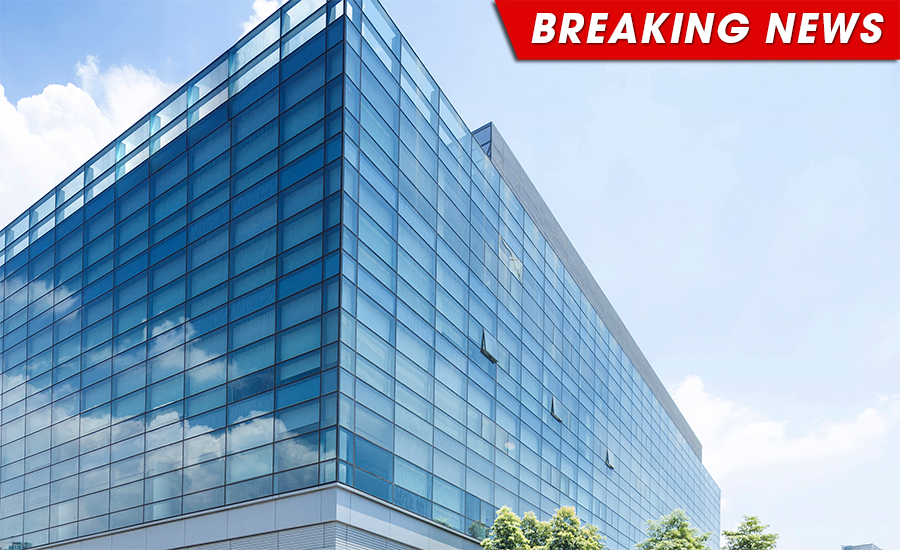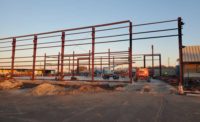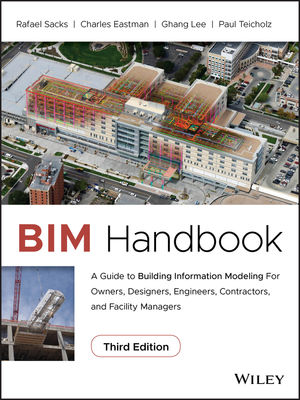Dryvit Systems Inc., the manufacturer of patented NewBrick and Outsulation, the premier Exterior Insulation and Finish System (EIFS) in North America, announced that the company has opened a new state-of-the-art manufacturing facility to accommodate growing demand for its NewBrick product.
The 120,000-square-foot space will be fully operational in November and will be equipped with advanced technology to accelerate NewBrick production. Dryvit has appointed Jeffrey Pughe, a seasoned manufacturing and operational excellence leader with 25 years of experience, to operate the new facility. Pughe is a Rochester Institute of Technology graduate with a Bachelor of Science in Manufacturing Engineering Technology. He is trained as a Six Sigma Green Belt and most recently held a senior manufacturing position with Honeywell. Pughe has been named to the newly created senior position of Vice President of Operations, NewBrick.
“When we introduced NewBrick, we predicted it would be a real game changer and we’re now seeing proof that the market is embracing NewBrick in a big way,” said Dryvit’s President and CEO Mike Murphy. “Our new state-of-the-art facility and expanded team will allow us to dramatically accelerate production capacity to meet growing demand.”
At 1/12th the weight of traditional clay brick, NewBrick is a lightweight insulated brick product veneer that matches clay brick’s size and appearance but offers state-of-the-art engineering and technology. NewBrick’s lightweight status gives it significant advantages over clay brick, including faster installation time and the ability to eliminate steel and concrete reinforcements required when clay brick is used.
Murphy said NewBrick is being specified and installed in a range of commercial buildings across the U.S., including hotels, office buildings, medical facilities, college dormitories, sports complexes and mixed-use residential facilities. Installations in single family homes are also on the rise.
At Lipscomb Academy in Nashville, TN, a high school that is affiliated with Lipscomb University, NewBrick was recently used to renovate the high school’s football stadium. Clay brick had been considered but the heavier weight of clay brick would have required the construction of footers at the base of the stadium wall, a move that would have run afoul of environmental regulations given the stadium’s location in a flood zone.
Mike Engelman, Lipscomb University’s Director of Construction, oversaw the project. “We’re very satisfied with the New Brick system,” said Engelman. “In terms of installation, it’s a lot faster than regular brick and it’s pretty amazing to me how it works. It looks just like clay brick but it’s lighter and more impact resistant. It’s not going to crack like a clay brick if it’s impacted.”
Engelman’s positive experience with NewBrick led him to its use for the construction of an outdoor patio that is connected to an existing brick building on campus. “I had Dryvit come in and produce NewBrick samples to ensure that they could match the old brick on the building we’re attaching a patio to and I was amazed by their ability to match NewBrick to the existing clay brick,” said Engelman.
John Ramby is the owner of Miami Valley Exteriors, the contractor that installed the NewBrick at Lipscomb Academy’s football stadium. “I would say the use of NewBrick on the football stadium has resulted in an amazing transformation,” said Ramby. “The football coach and facilities staff were out here every day watching our progress and they can’t believe what we’ve achieved on the stadium.”
Ramby’s construction team quickly developed an appreciation for NewBrick’s lighter weight compared to clay brick. “My guys have done a ton of thin brick projects and they really enjoyed working with NewBrick,” added Ramby. “Since NewBrick is so much lighter, not only was my team able to install much more NewBrick compared to clay brick in a day, the work didn’t tire them out as much.”
As a contractor, Ramby is bullish on NewBrick’s future. “I’ve talked to other general contractors and architects and everyone is excited about NewBrick,” said Ramby. “It gives them options that they may not have had before. We’re now looking to introduce NewBrick on other projects on the books including hotels and mixed-use commercial-residential projects. I think NewBrick is going to really start taking off here in Nashville and across the country.”
The lightweight nature of NewBrick that was welcomed by Ramby’s construction team at Lipscomb Academy is drawing serious interest from the masonry industry, whose masons have spent decades hauling heavy clay brick around construction sites and up scaffolding. Later this month, Dryvit will provide a training program on the installation of NewBrick for the International Masonry Institute, a training organization affiliated with the Bricklayers and Allied Craftsmen’s Union.
If masons are among the winners in NewBrick’s growing use across the country, another winner is likely to be residents of earthquake-prone cities who have longed to see a return of the classic brick buildings that fell into disfavor after major earthquakes highlighted the danger of heavy clay bricks.
“Given the weight of clay brick, very few architects designing multi-story buildings in San Francisco and other seismic zones will specify brick for the exterior finish of a building,” said Murphy. “Yet, because NewBrick is so much lighter, architects and developers in California are beginning to embrace NewBrick since it offers the same classic look of clay brick without the complications associated with clay brick.”
According to Murphy, dozens of NewBrick projects are currently underway and the demand is increasing rapidly.





.png?height=200&t=1734018106&width=200)


